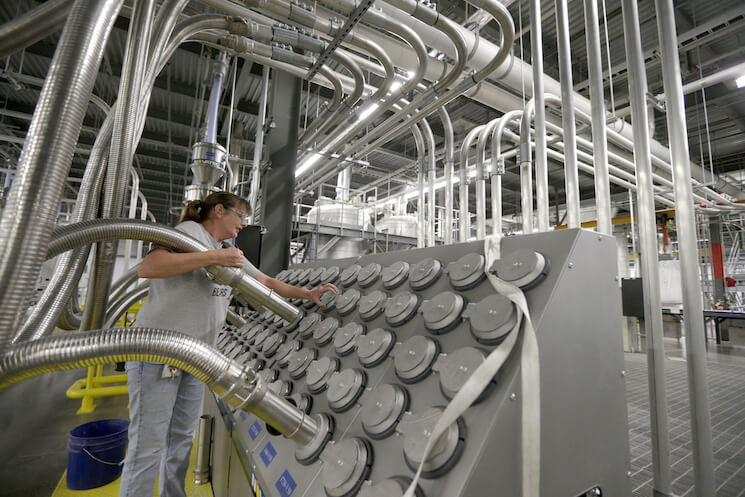When recessions happen, who’s most at risk?

Recessions are risky affairs. When the overall economy starts to shrink, the likelihood a person’s own income is about to drop rises. But by how much? In other words, how much are the earnings of individuals tied to the risk of the overall economy? And given that it’s unlikely that everyone is going to face the same risk in the event of an economic downturn, how does this risk vary across the population? A new study takes a look at such questions for the United States.
The paper, by economists Fatih Guvenen of the University of Minnesota, Sam Schulhofer-Wohl of the Federal Reserve Bank of Chicago, Jae Song of the Social Security Administration, and Motohiro Yogo of Princeton University, looks at this question in the United States from 1978 to 2013. The dataset is the Master Earnings File from the Social Security Administration, which qualifies as “big data” to say the least. The data cover all the earnings for workers whose employers reported to the Social Security Administration—essentially the entirety of legal earnings in the U.S. economy.
Using these data, the authors can see how much the income of individuals fluctuates with changes in gross domestic product. They calculate how correlated the changes in GDP are to changes in an individual income. The higher this correlation, or “beta,”is, the more a person’s income will respond to changes in GDP. The riskier someone’s income, the higher their beta is.
Looking at risk by income level, the economists find a U-shaped relationship. Risk is higher for individuals with low earnings and declines as individuals move up the earnings distribution. Then, at around the 80th percentile, risk starts to increase a bit and then really picks up at the 90th percentile. It’s worth noting here that the earnings measured by the Social Security data includes capital gains, which are more volatile than labor earnings and could explain some of the increased risk faced by those at the top of the income distribution.
This same U-shaped relationship also holds up when you break out the relationship by gender. But at every percentile in the income distribution, men have a higher beta and more income risk than women. At the same time, earnings risk is not evenly distributed among workers in different industries. Earnings for workers at the 50th percentile are more volatile in the construction and durable manufacturing sectors and less volatile in health and education. Given the gender make-up of those industries—the manufacturing sectors are typically comprised mostly of men, while health and education are staffed more by women—this might explain some of the difference in risk between the two genders.
The variation in these risks has implications for how we think about social insurance programs and other efforts to smooth risk. As the authors note, while policies that help fight recessions – fiscal and monetary policy – wouldn’t eliminate all the risks documented in the paper, it could help reduce many of the worst effects of the recession for quite a few U.S. workers.

